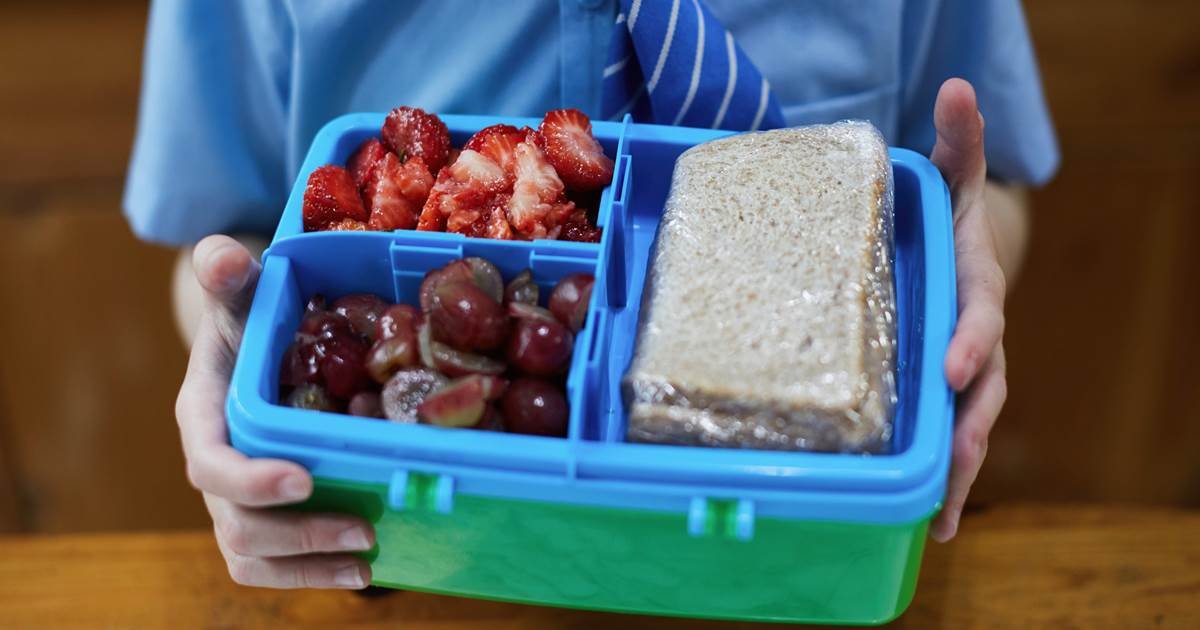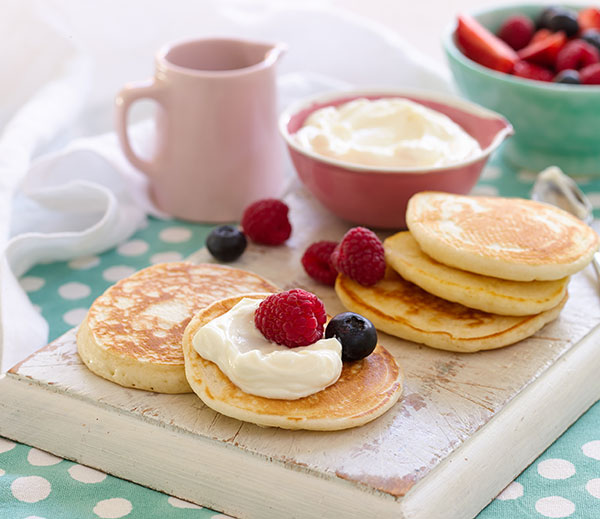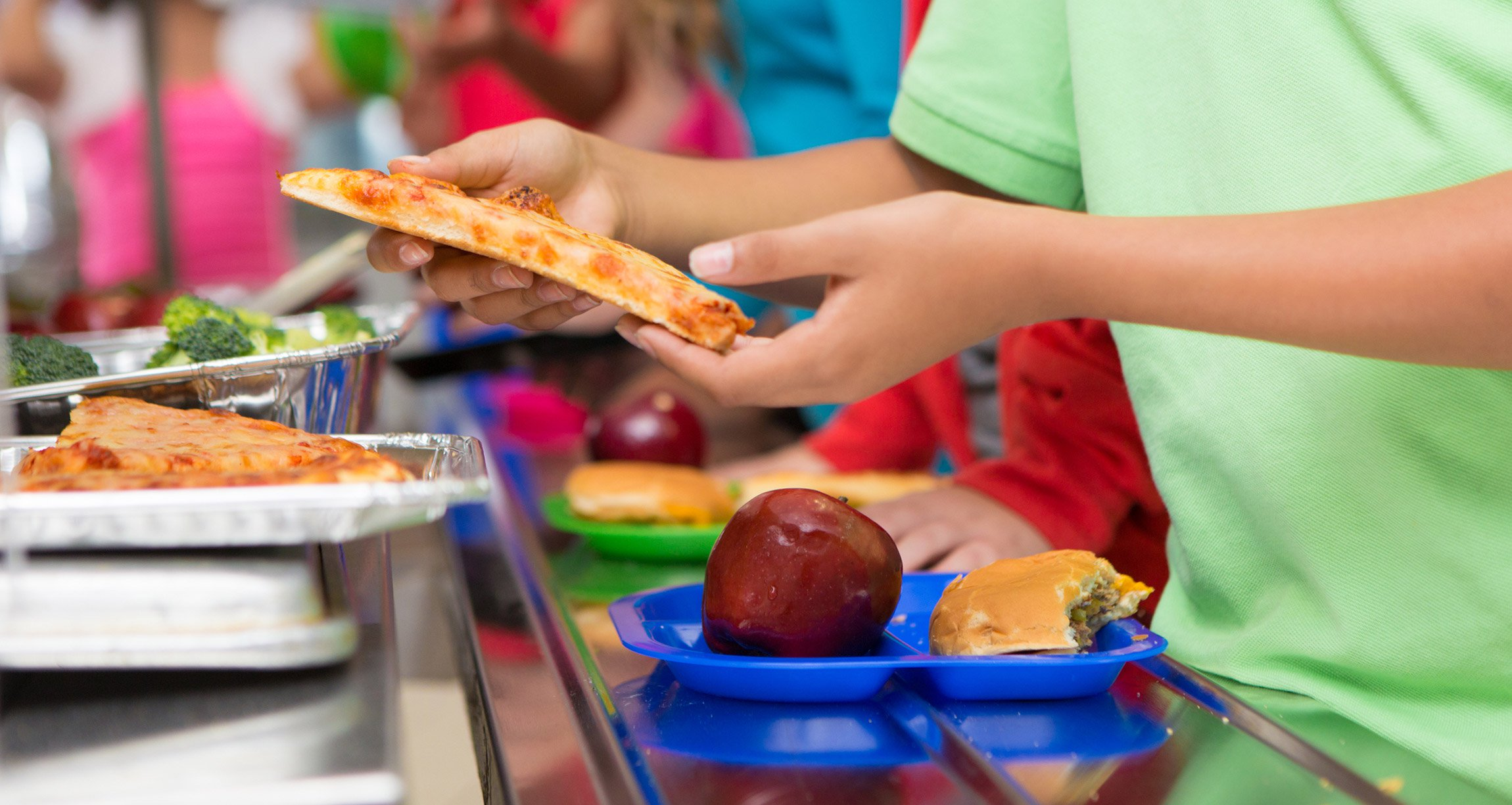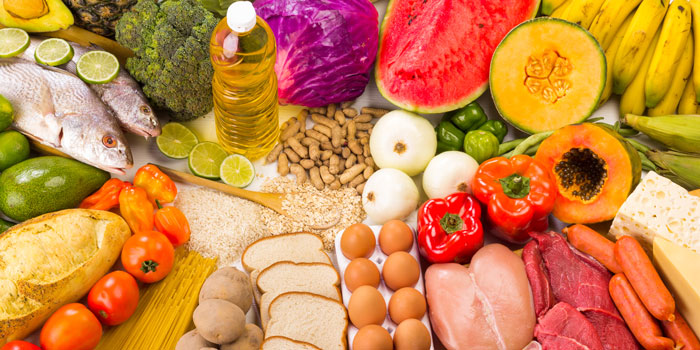Letting your child pack their own lunch might seem like a burden on them.
Some would even argue that it will only increase the morning hassle. But dietician Carolyn Williams disagrees.
In an article written for Cooking Light magazine, Williams said: “The overall result at my house has only been positive, and it’s convinced me that kids not only can but should pack their own lunch.”
First and foremost, handing the responsibility of packing the lunch to children teaches them to be responsible and independent in their day-to-day life, argues Williams. She says her 11-year-old has taken over the responsibility of packing her own lunch for the last two years and her 8-year-old is still learning how to do it.
And this responsibility comes with a penalty in Williams’ home. If a child misses packing the lunch, she doesn’t pack it for them. She lets them eat at the café for that day so that they’ll be more responsible the next day.
When children pack their own lunches, it means they do it on their own responsibility and there are lesser chances of food being wasted. If a mother packs the lunch, the child might not like what’s packed. In case the quantity is surplus, the food goes to waste.
So, according to Williams, if you make your child pack their own lunch it means they’ll pack what they like and how much they like. It will reduce food wastage and teach the child the importance of food.
But they won’t just learn it by themselves. You’ll have to create an environment, keep healthy food at home, and guide the children to choose what’s healthy for them. Once you assist them for some time, your kids will start learning about healthy eating habits and will tend to retain them for life.
“Even though these benefits may sound great, are you at a loss as to where to start when it comes to teaching your kids how to pack a healthy lunch? Here are the top tricks that have made it work at my house,” Williams writes.
Now comes the ‘how’ part of making your children pack their own lunches. It is not as hard as you imagine, just keep these little things in mind and the process will be smooth.
The baseline of making your children make their own lunch is explaining to them what a healthy lunch must include.
Williams says: “The basic one we started with and still use at our house is 1 protein food + 1 starchy food + 2 other food choices + water.”
The ‘other’ part is the catch here. You can allow your children a little independence in making their lunch. Let them choose something healthy, like some fruit or vegetable.
No food formula can be perfect so ‘other’ provides the flexibility to make it good for your children. Preferably, let your child choose from fruits and vegetables rather than cakes and chocolate, but don’t be too strict.
Another way you can help your child prepare their lunch is by making a list for every day of the week with variable options for each day and enough flexibility for the children to choose from. In this way, you can make them choose from a list of healthy meals.
There must be certain boundaries and everything related to the lunch must be done under your supervision.
Most of the parents fear that if children are allowed to make their own lunch, they’ll rather go with junk than healthy food. This can be offset by demarcating the boundaries of what is allowed and what isn’t.
Last but not least, here’s a list of different food options that you can make available to your children and let them choose on their own will.
For protein foods, you can have a menu including turkey slices, edamame, boiled eggs, cheese slices, and chicken salads. Starchy foods can consist of slices, whole-grain bread, sandwich popcorn, wrap, pretzels, pasta, tortilla chips, salad, beans, whole-grain crackers, corn kernels, granola bar, and chips.
Fruit options can include grapes, apple slices, peach, clementine, pear, fruit, berries, salad, or fruit cups in water or juice. The vegetable menu can span, cherry tomatoes, baby carrots, leftover roasted vegetables, slices, salad greens, cucumber, lettuce wrap for sandwich, and salsa.
Dairy options can include cottage cheese, yogurt, milk and cheese stick.
In case you’re wondering what’s the suitable age to introduce this packing formula in your kids’ lives, Williams says it varies child to child.
“I have found that 1st to 3rd grade is a good window to introduce a packing formula and slowly incorporating them into the decision-making on food choices,” she writes.
“Then, a child is usually ready to shoulder the full task between 4th to 6th grades. Every child is different, so phase the chore in gradually based on a child’s abilities and maturity.”
Recommended Video For You!
“School District Threatens To Put Students In Foster Care If Parents Can’t Pay For School Lunch”
[rumble video_id=v5cmmz domain_id=u7nb2]





